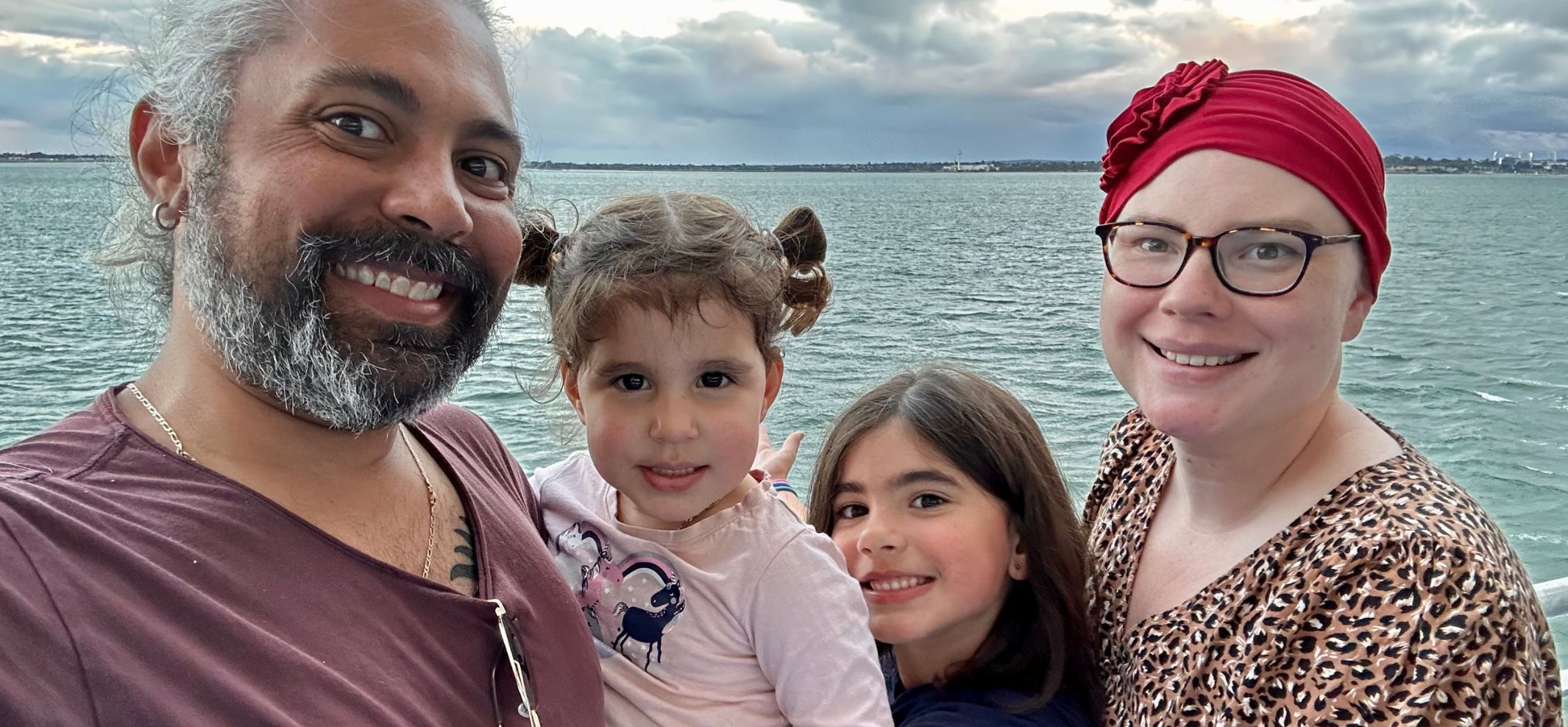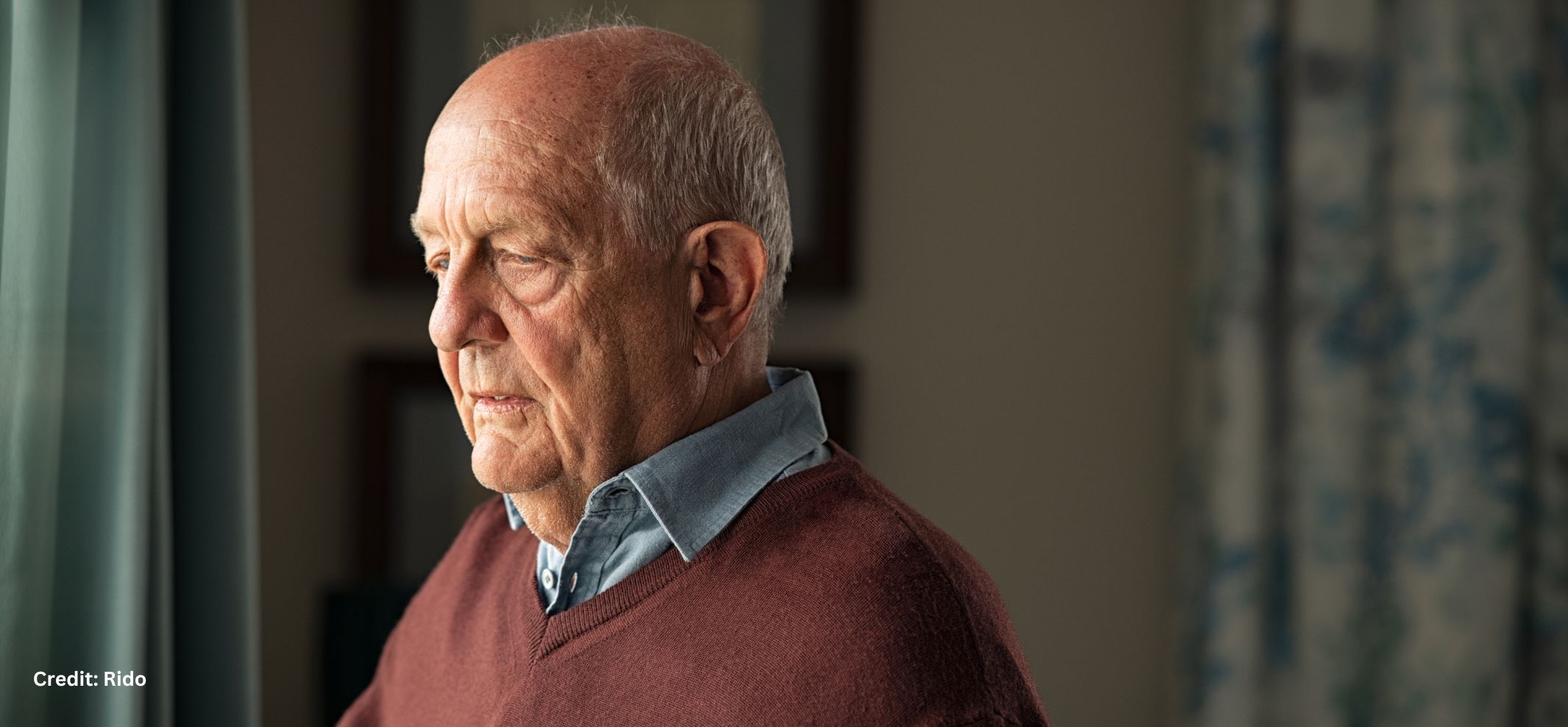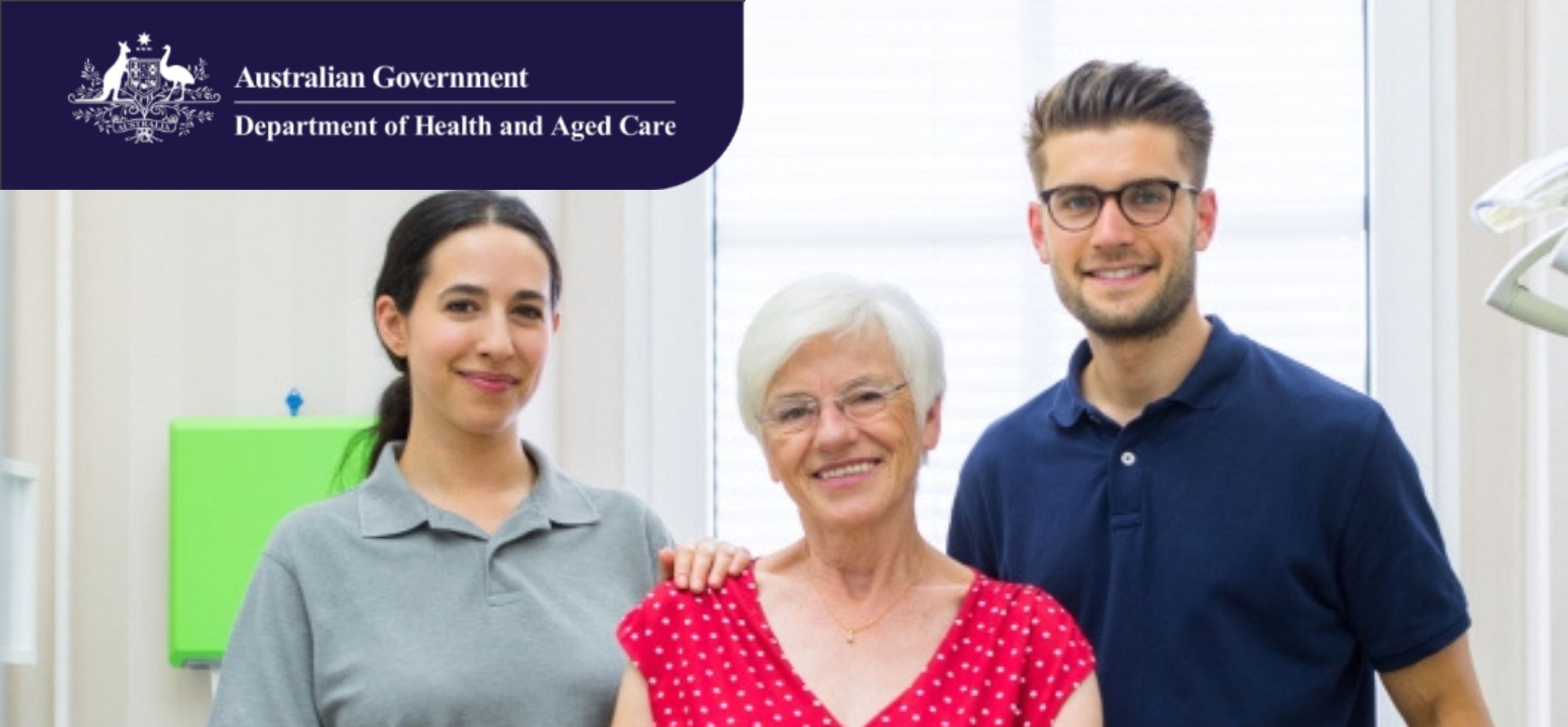Attention deficit hyperactivity disorder (abbreviated as ADHD, and sometimes referred to as ADD in the past) is a developmental disorder that begins in early childhood. Children with ADHD may find it hard to concentrate and may become hyperactive, to the point where the condition can interfere with their schooling, friendships, or family life.
Around 1 in every 20 Australians has ADHD, and more than 3 in 4 children diagnosed with ADHD continue to experience the symptoms into adulthood.
ADHD affects the brain’s executive functioning — the ability to self-regulate and control thoughts, words, actions and emotions.
There are 3 types of ADHD:
- Inattentive means a person is easily distractible or inattentive but isn’t hyperactive or impulsive.
- Hyperactive-impulsive means a person has symptoms of impulsivity and hyperactivity.
- Combined means a person has a mixture of symptoms including hyperactivity, inattention and impulsivity.
There are 2 groups of symptoms in ADHD that can help you spot them easier in your child:
Inattentive Symptoms
- Not paying attention to details, or making careless mistakes in schoolwork
- Difficulty with remaining focused in class, conversations or reading
- avoiding tasks that take continuous mental effort (for example, homework)
- Not following through on instructions, a tendency to start but not finish tasks
- Difficulty with organising tasks, activities, belongings or time
- Easily distracted or daydreaming
- Losing things
- Not seeming to listen when spoken to
- Forgetful with everyday tasks, such as chores and appointments
Hyperactive-Impulsive Symptoms:
- Fidgeting and squirming
- Running or climbing in situations where it is inappropriate, leaving their seat in class
- Talking non-stop
- Interrupting conversations, games or activities or using people’s things without permission
- Blurting out an answer before a question has been finished
- Difficulty with playing quietly or waiting their turn
- Leaving the seat in class or in other situations where sitting is expected
- Being constantly in motion, as if ‘driven by a motor’
- Struggling to play or do tasks quietly
What causes ADHD?
The exact causes of ADHD are not known, and there is no single cause.
Studies have shown that ADHD symptoms are related to the biology of the brain. It is thought that genetic and environmental factors can interact to cause changes in brain development and function.
- Neurophysiology: Differences in brain anatomy, electrical activity and metabolism.
- Genetics: A history of ADHD in the family
- Drug use during pregnancy: Research has linked ADHD to smoking, alcohol and cocaine use during pregnancy.
- Lead: Exposure to lead through paint or plumbing can also cause ADHD
- Brain injury: Some children with brain injuries show behaviour that resembles ADHD; however, most children with ADHD have no history of brain injury.
- Lack of early attachment: If a child did not bond with a parent or caregiver as a baby, they can develop inattention and hyperactivity.
- Early childhood trauma: Children who experience trauma in early childhood are more likely to show features consistent with ADHD, but most children with ADHD have not experienced early childhood trauma.
Poor sleep during the night can cause trouble concentrating the following day. It is thought that 1 in 3 children with ADHD might have sleep apnoea (a blocking of the airway during sleep), but it’s not clear whether sleep apnoea is a cause of ADHD.
If your child often snores, this might be a symptom of sleep apnoea and may be contributing to the problem.
In conclusion
It’s normal for children to get restless and distracted from time to time, and to be active and have lots of energy. But if a child has ADHD, their problems with attention and hyperactivity will be severe enough to interfere with learning and social relationships.
If you are concerned that your child may have ADHD, the first step is to see a doctor. The diagnosis can only be made after a detailed assessment of the child’s behaviour, including interviews with parents or carers and the school.
If you are caring for a child with ADHD, below are some tips that can help.
- Provide structure. Try to ensure that rules and instructions are clear, brief and, where possible, presented in charts and lists.
- Maintain a good relationship. This will assist with their self-esteem and help them to be more cooperative.
- Become a keen observer. Notice those things that will help in managing behaviours and put in place strategies to manage the situation.
- Provide praise and positive reinforcement. This is important for all children, but particularly for children with ADHD.
Original story and information found on the Australian HealthDirect website. Note: Content has been edited for style and length.
Nina Alvarez is a Content Producer for Healthcare Channel. Her interests include writing, particularly about the healthcare sector and the many ways it can improve to further benefit people from all walks of life.
























